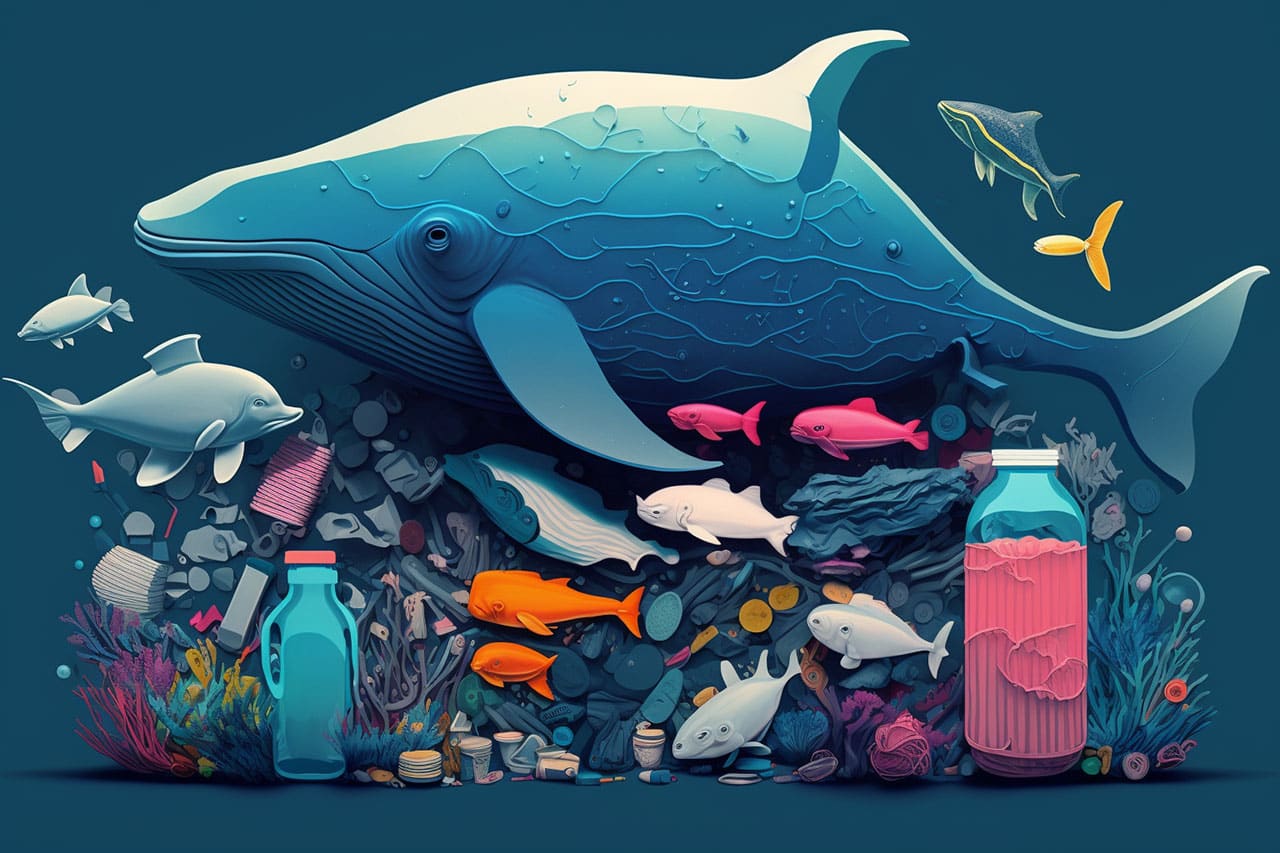Single-use plastics have become an integral part of our daily lives. From plastic bags to water bottles and straws, they are everywhere, and their convenience has made them difficult to avoid. However, the negative impact of single-use plastics on the environment cannot be ignored. The increasing production and disposal of these plastics have resulted in severe consequences for the environment, including pollution of land and water bodies, harm to wildlife, and greenhouse gas emissions. In this article, we will discuss the impact of single-use plastics on the environment and ways to reduce their consumption.
The Impact of Single-Use Plastics on the Environment
The production and disposal of single-use plastics have a significant impact on the environment. Single-use plastics are often used for a few minutes, but they can take up to hundreds of years to decompose, causing long-lasting harm to the environment. Here are some of the most significant environmental impacts of single-use plastics:
Pollution of Land and Water Bodies
Plastic waste is one of the most significant contributors to pollution of land and water bodies. Single-use plastics like straws, bottles, and bags are often not disposed of properly, and end up in oceans, rivers, and other water bodies. Once in the water, the plastics break down into microplastics, which can be ingested by marine life and eventually make their way into the human food chain. Plastic waste on land also poses a threat to wildlife that can become entangled in plastic or mistake it for food, leading to serious health issues or death.
Greenhouse Gas Emissions
The production of single-use plastics requires significant amounts of fossil fuels. The extraction, transportation, and processing of these fuels result in greenhouse gas emissions that contribute to global warming. Moreover, the disposal of plastics also contributes to greenhouse gas emissions. When plastics are incinerated, they release toxic gases into the atmosphere, which can harm human health.
Ways to Reduce Single-Use Plastics Consumption
Reducing the consumption of single-use plastics is crucial for mitigating their environmental impact. Here are some ways to reduce single-use plastics consumption:
Use Reusable Bags, Cups, and Containers
One of the easiest ways to reduce single-use plastic consumption is to use reusable bags, cups, and containers. When going shopping, bring your own cloth or mesh bags. When getting coffee, bring your reusable cup. When ordering takeaway food, bring your own container. These simple actions can significantly reduce the amount of single-use plastics produced and consumed.
Choose Alternatives to Single-Use Plastics
In many cases, alternatives to single-use plastics are readily available. For example, instead of using plastic straws, use a metal or bamboo straw. Instead of using plastic wrap, use beeswax wrap. Instead of using plastic water bottles, use a reusable stainless steel or glass bottle. These small changes can make a big difference in reducing the amount of single-use plastics consumed.
Support Legislation to Ban or Reduce Single-Use Plastics
Several countries and cities around the world have implemented legislation to reduce or ban single-use plastics. Supporting such legislation can have a significant impact on reducing the consumption and production of single-use plastics. Additionally, contacting your elected representatives and urging them to support such legislation can have a positive impact on reducing single-use plastic waste.
Conclusion
Single-use plastics have become a ubiquitous part of our lives, but their convenience comes at a significant cost to the environment. The production and disposal of single-use plastics result in pollution of land and water bodies, harm to wildlife, and greenhouse gas emissions. However, by making small changes to our daily habits, we can significantly reduce our consumption of single-use plastics and minimize their impact on the environment.
